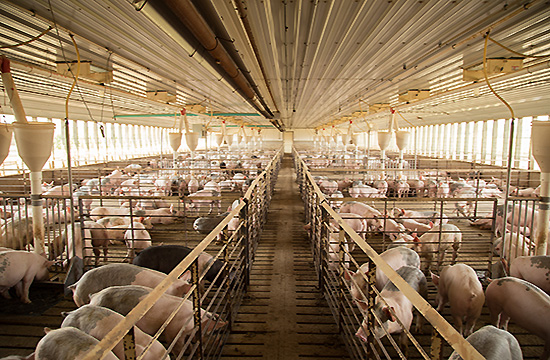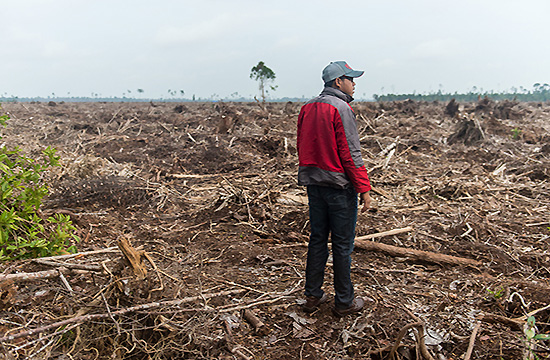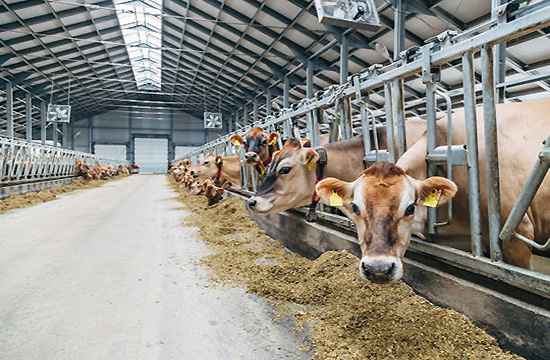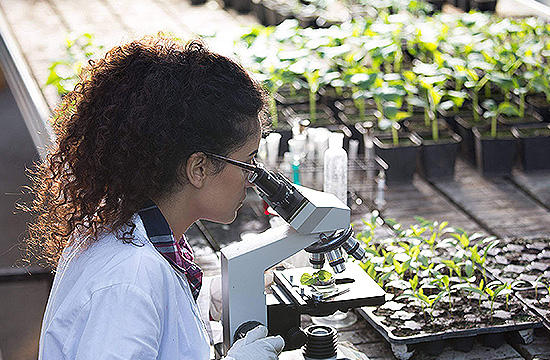
The growing world population has led to noticeable changes in dietary habits, including a rise in meat consumption. Factors such as higher incomes, urbanization, and shifts in nutritional preferences have contributed to this trend.
However, the increase in meat consumption has significant environmental implications, including deforestation, greenhouse gas emissions, and water usage. Understanding the impact of increasing meat consumption is crucial for addressing the associated challenges and promoting sustainable dietary choices.
The rise in meat consumption has led to significant environmental consequences, placing greater demands on natural resources. Animal-based protein production contributes to deforestation, habitat destruction, and the release of greenhouse gases.
Additionally, the resources used for animal feed production, including water and energy, further strain the environment. Recognizing the environmental consequences of rising meat consumption is essential for developing strategies to mitigate its impact and promote sustainable alternatives.


Meat production is resource-intensive, requiring significant water, land, and energy. Different types of animals have varying resource requirements, with cattle being particularly demanding in terms of water and land. This resource intensiveness can impact water availability and contribute to deforestation in areas where livestock are raised.
Understanding the resource intensiveness of meat production is essential for addressing the strain on natural resources and promoting more sustainable food production methods.
Balancing the growing demand for meat with environmental preservation presents a critical challenge. As the world's population increases, finding innovative and sustainable ways to meet dietary preferences becomes paramount. By understanding the resource intensiveness and environmental impact of meat production, efforts can be directed toward promoting dietary shifts, investing in sustainable farming practices, and advocating for responsible consumption.
A balance between nutritional preferences and environmental preservation is essential for ensuring a sustainable and resilient food system.


Promoting sustainable dietary choices is essential for addressing the environmental implications of increasing meat consumption. Raising awareness about the environmental impact of meat production, advocating for policy changes, and fostering innovation in alternative protein sources are crucial steps toward promoting sustainable dietary choices.
By recognizing the need for nutritional shifts and supporting the development of sustainable food production methods, the global community can work towards a future where dietary preferences align with environmental preservation and the well-being of people and the planet.

